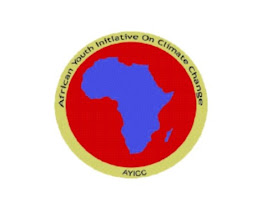Climate change…what can I do to combat this menace?
One of the fundamental principles of sustainable development is thinking globally and acting locally. In a lay man’s language, this principle encourages individuals, organizations, businesses, governments…you name it…to take an active role in curbing carbon emissions either individually or collectively. This may sound quite complicated but by the end of this article you will realize, huh…so it’s not as hard as I thought!!!! Let me show you why… 1. Commit yourself to carbon reduction Someone said that the success of any endeavor is determined by an individual’s attitude and perception on the issue. In combating the climate change menace, we all have to change our attitude and commit to carbon reduction. What can I do? You may ask. It’s simple; talk to your friends and groups on carbon emissions and climate changes, inform them on how to fight it and seek for innovative ideas on the ways to curb the trend. That way, you will influence society to curb carbo

